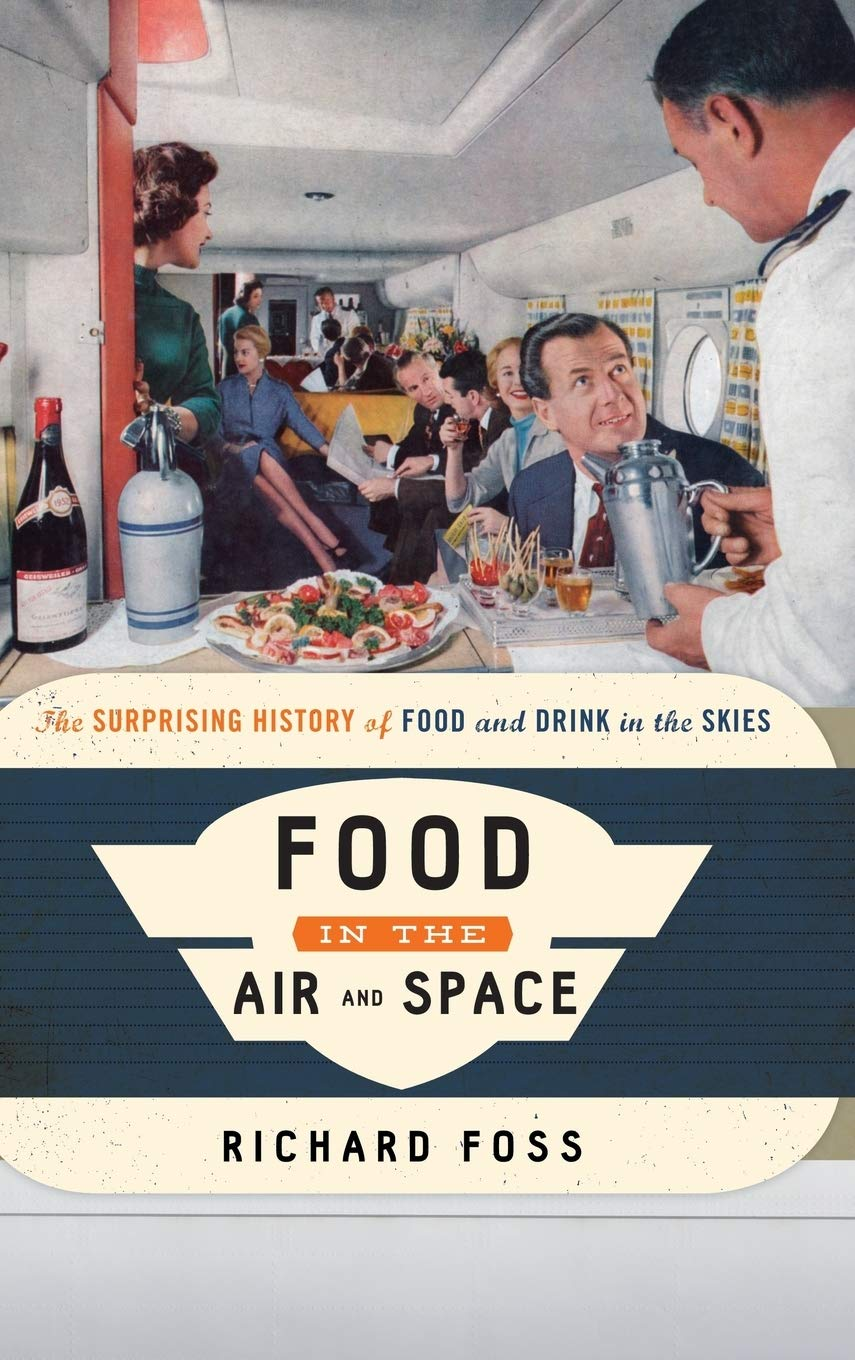How’d we get from sandwiches to roast beef dinners here?
War is a spur to technology of all kinds. We think of war as a spur to the technology of killing people, but it is also thanks to war that we get improvements to engines in aircraft and cars. What we think of as the modern airline meal was done as part of a defense contract [for World War II]. An experimenter named William Maxson in Los Angeles invented the convection oven. What Maxson figured out was if you took these little trays in an insulated box and blew hot air over them, you could reheat a whole bunch of things at once. So if I have roast beef and mashed potatoes and some vegetables, I have to figure out how much I have to cook them in a convection oven at the same time. So they’re all partly cooked, then finished onboard. Because convection heating is very fast, you have a meal that can be ready very quickly. You just slide 10 or 12 meals into these slots, let them sit in there for a couple of minutes, and slide more in. All of a sudden, you have zero waste and you’re feeding people much more efficiently.
Why exactly were the food options so much better?
Airlines in that era were prohibited from competing on price, so the only way they could compete was on quality of service. You see a slew of advertisements in the 1950s that are about the quality of food on aircraft. Insofar as there was superior quality, it was often because an airline found themselves with inferior aircraft. So the only way they could get someone to fly them was better food. United Airlines had the best food in the sky for a while. They put in a huge order of Boeing 247s in the 1930s. After four months, the DC-3 came out, which was bigger and faster. Since they couldn’t just scrap their brand-new aircraft, they were stuck with something smaller and slower. All they could do was get better food. The same thing happened to Alitalia airlines after World War II. They had these lumbering slow leftover bombers, so they turned them into flying Italian restaurants.
